
Forklift Brakes - A brake where the friction is provided by a set of brake pads or brake shoes that press against a rotating drum shaped unit known as a brake drum. There are some particular differences between brake drum kinds. A "brake drum" is usually the definition provided if shoes press on the interior exterior of the drum. A "clasp brake" is the term used to be able to describe when shoes press next to the exterior of the drum. Another type of brake, known as a "band brake" makes use of a flexible band or belt to wrap around the outside of the drum. If the drum is pinched in between two shoes, it can be referred to as a "pinch brake drum." Like a conventional disc brake, these kinds of brakes are rather uncommon.
Before 1955, old brake drums required constant adjustment regularly to be able to compensate for drum and shoe wear. Long brake pedal or "Low pedal" travel is the hazardous outcome if modifications are not executed sufficiently. The motor vehicle can become dangerous and the brakes could become ineffective if low pedal is combined with brake fade.
There are some different Self-Adjusting systems utilized for braking available these days. They could be classed into two separate categories, the RAD and RAI. RAI systems are built in systems that help the tool recover from overheating. The most well known RAI manufacturers are Lucas, Bosch, AP and Bendix. The most well-known RAD systems include Volkswagen, VAG, AP, Bendix and Ford recovery systems.
Self-adjusting brakes normally utilize a tool which engages just when the vehicle is being stopped from reverse motion. This stopping technique is satisfactory for use where all wheels utilize brake drums. Nearly all vehicles nowadays use disc brakes on the front wheels. By functioning only in reverse it is less possible that the brakes would be adjusted while hot and the brake drums are expanded. If tweaked while hot, "dragging brakes" can occur, which increases fuel expenditure and accelerates wear. A ratchet mechanism which becomes engaged as the hand brake is set is another way the self repositioning brakes could function. This means is just appropriate in functions where rear brake drums are utilized. When the emergency or parking brake actuator lever goes beyond a particular amount of travel, the ratchet advances an adjuster screw and the brake shoes move toward the drum.
There is a manual adjustment knob located at the bottom of the drum. It is generally adjusted via a hole on the opposite side of the wheel and this involves getting beneath the forklift along with a flathead screwdriver. It is of utmost significance to move the click wheel properly and tweak each wheel equally. If uneven adjustment takes place, the vehicle could pull to one side during heavy braking. The most effective method to be able to ensure this tedious task is done safely is to either raise each wheel off the ground and spin it manually while measuring how much force it takes and feeling if the shoes are dragging, or give every\each and every one the same amount of clicks manually and then do a road test.
![]() Click to Download the pdf
Click to Download the pdf
Forklift Parts
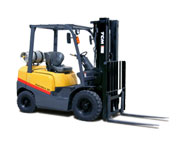
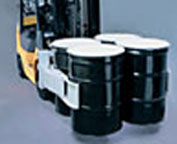
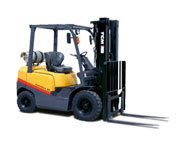
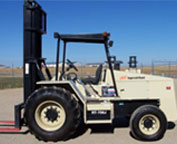
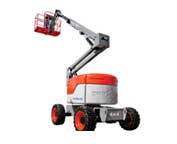
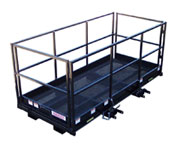


Lift Parts Express
TOLL FREE: 1-888-695-7994
LOCAL: 408-916-4659
7052 Santa Teresa Blvd.
San Jose, California
forkliftpartssanjose.com
Email Us
About Us



